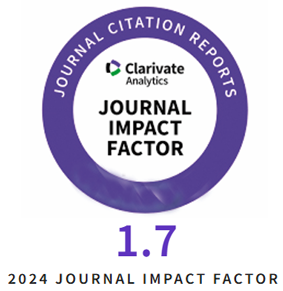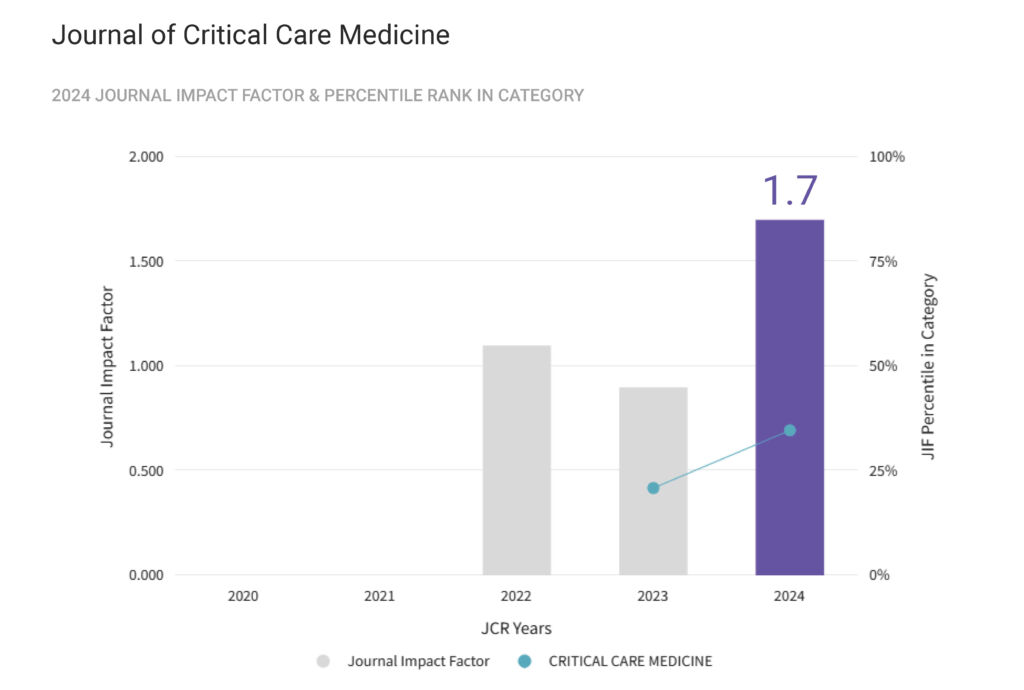Background: Feeding intolerance is a common yet serious complication in critically ill patients undergoing enteral nutrition. We aimed to conduct a meta-analysis to evaluate the risk factors of feeding intolerance in critically ill patients undergoing enteral nutrition, to provide insights to the clinical enteral nutrition treatment and care.
Methods: Two researchers systematically searched PubMed, Medline, Web of Science, Cochrane Library, Chinanews.com, Wanfang and Weipu databases about the studies on the risk factors of feeding intolerance in severe patients with enteral nutrition up to August 15, 2023. Literature screening, data extraction and quality evaluation were carried out independently by two researchers, and Meta analysis was carried out with RevMan 5.3 software and Stata 15.0 software.
Results: 18 studies involving 5564 enteral nutrition patients were included. The results of meta-analyses showed that age < 2 years old, age > 60 years old, APACHE II score ≥ 20, Hypokalemia, starting time of enteral nutrition > 72 hours, no dietary fiber, intra-abdominal pressure > 15mmHg, central venous pressure > 10cmH2O and mechanical ventilation were the risk factors of feeding intolerance in critically ill patients undergoing EN (all P<0.05). No publication biases were found amongst the included studies.
Conclusion: The incidence of feeding intolerance in critically ill patients undergoing enteral nutrition is high, and there are many influencing factors. Clinical medical workers should take effective preventive measures according to the risk and protective factors of patients to reduce the incidence of feeding intolerance and improve the prognosis of patients.
Tag Archives: management
Critical Care Management of Decompensated Right Heart Failure in Pulmonary Arterial Hypertension Patients – An Ongoing Approach
Despite substantial advancements in diagnosis and specific medical therapy in pulmonary arterial hypertension patients’ management, this condition continues to represent a major cause of mortality worldwide. In pulmonary arterial hypertension, the continuous increase of pulmonary vascular resistance and rapid development of right heart failure determine a poor prognosis. Against targeted therapy, patients inexorable deteriorate over time. Pulmonary arterial hypertension patients with acute right heart failure who need intensive care unit admission present a complexity of the disease pathophysiology. Intensive care management challenges are multifaceted. Awareness of algorithms of right-sided heart failure monitoring in intensive care units, targeted pulmonary hypertension therapies, and recognition of precipitating factors, hemodynamic instability and progressive multisystem organ failure requires a multidisciplinary pulmonary hypertension team. This paper summarizes the management strategies of acute right-sided heart failure in pulmonary arterial hypertension adult cases based on recently available data.
The Management of Staphylococcal Toxic Shock Syndrome. A Case Report
Staphylococcal toxic shock syndrome (TSS) is most frequently produced by TSS toxin-1 (TSST-1) and Staphylococcal enterotoxin B (SEB), and only rarely by enterotoxins A, C, D, E, and H. Various clinical pictures can occur depending on severity, patient age and immune status of the host. Severe forms, complicated by sepsis, are associated with a death rate of 50-60%. The case of a Caucasian female infant, aged seven weeks, hospitalized with a diffuse skin rash, characterized as allergodermia, who initially developed TSS with axillary intertrigo, is reported. TSS was confirmed according to 2011 CDC criteria, and blood cultures positive for Methicillin-sensitive Staphylococcus aureus (MSSA). Severe development occurred initial, including acidosis, consumption coagulopathy, multiple organ failures (MOF), including impaired liver and kidney function. Central nervous system damage was manifest by seizures. Clinical management included medical supervision by a multidisciplinary team of infectious diseases specialist and intensive care specialist, as well as the initiation of a complex treatment plan to correct hydro electrolytic imbalances and acidosis. This treatment included antibiotic and antifungal therapy, diuretic therapy, immunoglobulins, and local treatment similar to a patient with burns to prevent superinfection of skin and mucous membranes lesions. There was a favourable response to the treatment with resolution of the illness.










